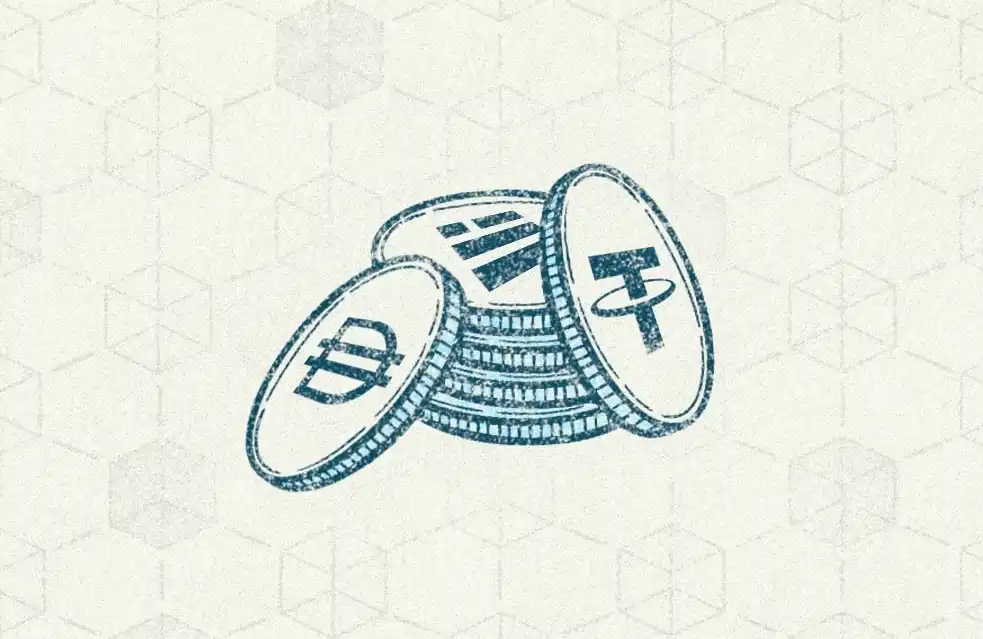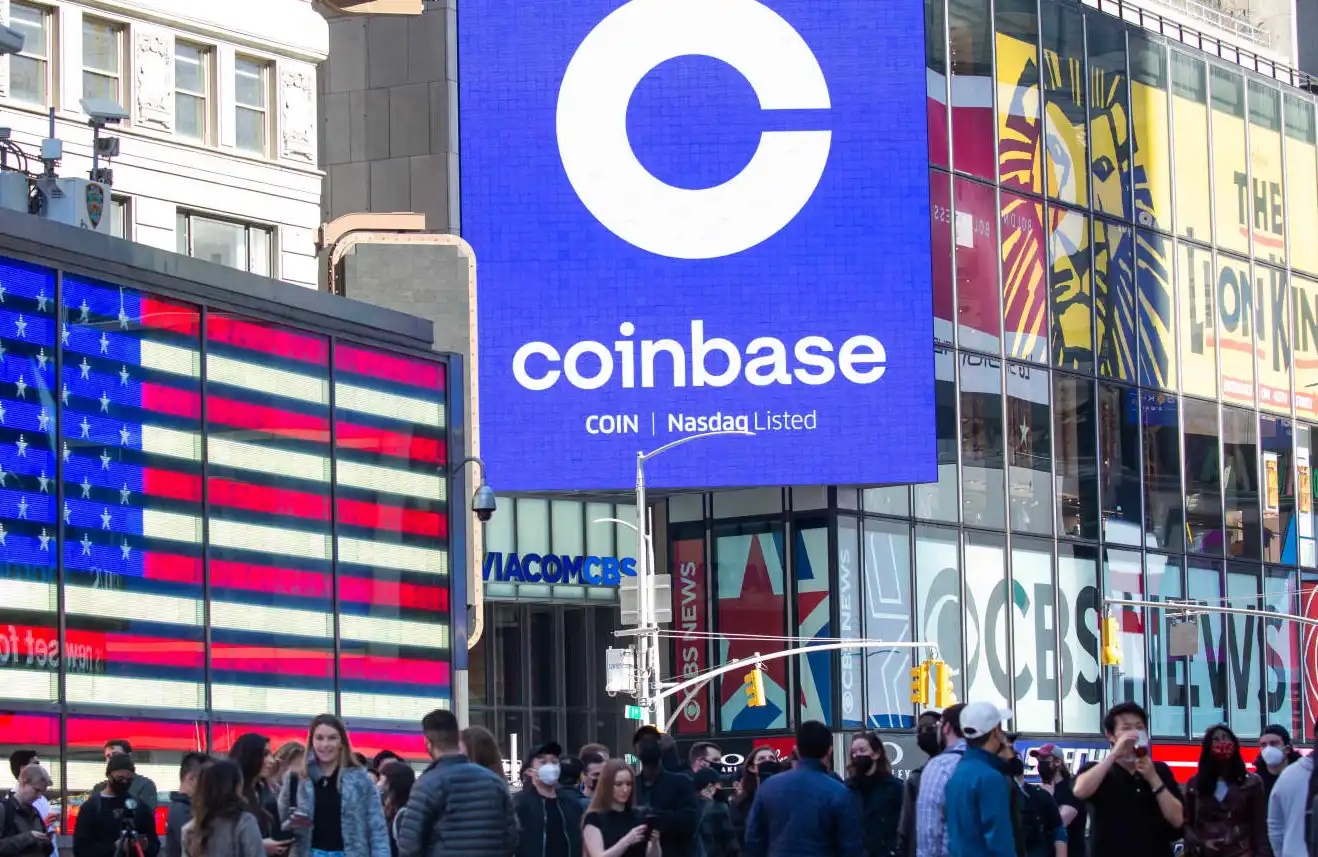How much does it cost to launch a stablecoin?


Image Source: "The Epoch"
From Wall Street investment banks to Silicon Valley tech companies, and to Asian financial giants and payment platforms, more and more enterprises have set their sights on the same business—stablecoin issuance.
With economies of scale, stablecoin issuers have zero marginal issuance costs, viewing it as a risk-free arbitrage game. In the current global interest rate environment, the interest rate spread is incredibly enticing. Stablecoin issuers only need to deposit users' dollars into short-term U.S. Treasuries, enabling them to earn a stable 4–5% interest rate differential income annually, making billions effortlessly.
Tether and Circle have long proven the viability of this path. As stablecoin regulations in different regions gradually take shape, the compliance path has become clearer, prompting more and more enterprises to be eager to try it out, with FinTech giants like PayPal and Stripe swiftly joining the fray. Not to mention, stablecoins inherently possess the capability to integrate with payments, cross-border settlements, and even Web3 scenarios, presenting enormous possibilities.
Stablecoins have become the battleground for global financial firms.
However, the issue lies here. Many only see the seemingly risk-free arbitrage logic of stablecoins but overlook that this is a capital-intensive and high-threshold business.
If a company wants to issue a stablecoin legally and compliantly, how much money does it actually need to spend?
This article will break down the true cost behind issuing a stablecoin, informing you whether this seemingly simple arbitrage business is really worth doing.
The Costs Behind Stablecoin Issuance
In the minds of many, issuing a stablecoin merely involves issuing an on-chain asset, seemingly low in technical barriers.
However, to legitimately and compliantly launch a stablecoin for a global audience, the organizational structure and system requirements behind it are far more complex than imagined. It involves not only financial licenses and audits but also fund custody, reserve management, system security, and continuous operation, requiring heavy asset investments across multiple dimensions.
In terms of cost and complexity, the overall construction requirements are no less than those of a medium-sized bank or a compliant trading platform.

The first hurdle stablecoin issuers face is the establishment of a compliance framework.
They often need to simultaneously address regulatory requirements from multiple jurisdictions, obtaining key licenses such as the US MSB, New York BitLicense, EU MiCA, Singapore VASP, among others. Behind these licenses are detailed financial disclosures, anti-money laundering mechanisms, and ongoing monitoring and compliance reporting obligations.
Comparable to a mid-sized bank with cross-border payment capabilities, stablecoin issuers' annual compliance and legal expenses often amount to millions of dollars just to meet the most basic cross-border operational requirements.
In addition to licenses, the establishment of KYC/AML systems is also a mandatory requirement. Project teams typically need to engage mature service providers, compliance advisors, and outsourcing teams to maintain a comprehensive set of mechanisms for ongoing customer due diligence, on-chain surveillance, address blacklisting, and more.
In today's increasingly stringent regulatory environment, without a robust KYC and transaction monitoring capability, it is challenging to obtain entry permits to major markets.
Market analysis indicates that to apply for a Hong Kong VASP license, the total cost may range from 20 to 50 million Hong Kong dollars for HashKey. Additionally, they must have at least two responsible officers (RO) and collaborate with the top three accounting firms, resulting in costs several times higher than those of traditional industries.
Aside from compliance, reserve management is also a key cost in stablecoin issuance, covering fund custody and liquidity arrangements.
Superficially, a stablecoin's asset-liability structure may not seem complex: users deposit dollars, and the issuer purchases equivalent short-term US Treasury bonds.
However, once the reserve size exceeds 1 billion, or even 10 billion dollars, the operational costs behind it will quickly escalate. Just the fund custody alone could incur an annual fee in the tens of millions of dollars; and government bond trading, clearing processes, and liquidity management not only bring additional costs but also heavily rely on the coordinated execution by professional teams and financial institutions.
More importantly, to ensure an "instant redeemability" user experience, the issuer must maintain sufficient off-chain liquidity positions to handle large redemption requests during extreme market conditions.
This setup logic is very close to the risk reserve mechanism of traditional money market funds or settlement banks, far from being as simple as "smart contract locking."
To support this architecture, the issuer must also establish a highly stable and auditable technical system covering key financial processes both on-chain and off-chain. This typically includes smart contract deployment, multi-chain minting, cross-chain bridge configuration, wallet whitelisting mechanisms, clearing systems, node operations, security risk control systems, and API integrations.
These systems need to not only support large-scale transaction processing and fund flow monitoring but also be scalable to adapt to regulatory changes and business expansion.
Unlike the typical "lightweight deployment" of DeFi projects, the underlying systems of stablecoins essentially play the role of a "public settlement layer," with technology and operational costs consistently in the multimillion-dollar range.
Compliance, reserves, and system integrity are the three basic pillars of stablecoin issuance, collectively determining whether a project can achieve long-term sustainable development.
Essentially, stablecoins are not a technical tool product but a financial infrastructure that combines trust, compliance architecture, and payment capabilities.
Only those enterprises that truly possess cross-border financial licenses, institutional-grade clearing systems, on-chain/off-chain technical capabilities, and controllable distribution channels have the potential to operate stablecoins as a platform-level capability.
It is for this reason that before deciding to enter this arena, an enterprise must first assess whether it has the capability to build a complete stablecoin system, including: Can it obtain continuous recognition from regulators in multiple jurisdictions? Does it have an in-house or trusted fund custody system? Can it directly control wallet, exchange platform, and other channel resources to truly connect the circulation end?
This is not a lightweight entrepreneurial opportunity but a tough battle that demands high requirements for capital, systems, and long-term capabilities.
Issued a Stablecoin, What's Next?
Completing the issuance of a stablecoin is just the beginning.
Regulatory approval, technical systems, custody structure—these are just entry requirements. The real challenge is how to make it circulate.
The core competitiveness of a stablecoin lies in "whether it is being used". Only when a stablecoin is supported by trading platforms, integrated into wallets, accessed by payment gateways and merchants, and ultimately used by users, can it be deemed to have truly achieved circulation. And on this path, there are high distribution costs waiting for them.
In insights from a Stablecoin Industry Chain Diagram released by Beating partner digital asset self-custody service provider Safeheron, stablecoin issuance is just the starting point of the entire chain, and for a stablecoin to circulate, attention must be turned to the midstream and downstream.

Using USDT, USDC, and PYUSD as examples, you can clearly see three completely different circulation strategies:
· USDT initially relied on grayscale scenarios to build an irreplicable network effect, taking advantage of its first-mover status to quickly establish the market standard position;
·USDC primarily focuses on channel partnerships within a compliant framework, relying on platforms such as Coinbase for gradual expansion;
while PYUSD, even with PayPal's backing, needs to rely on incentive mechanisms to drive TVL and has always struggled to penetrate real-world use cases.
Their paths may be different, but they both reveal the same fact—the competition of stablecoins lies not in issuance but in circulation. The key to success lies in their ability to build a distribution network.
1. USDT's Irreplicable First-Mover Structure
The birth of USDT stemmed from the real-world dilemma faced by cryptocurrency exchanges during that era.
In 2014, the Hong Kong-based cryptocurrency exchange Bitfinex was rapidly expanding to a global user base. Traders wanted to trade with US dollars, but the platform consistently lacked a reliable USD deposit channel.
The cross-border banking system was hostile toward cryptocurrency, making it difficult for funds to flow between mainland China, Hong Kong, and Taiwan. Accounts were frequently shut down, and traders faced the constant risk of fund cutoffs.
In this context, Tether was born. Initially running on Bitcoin's Omni protocol, its logic was simple and direct: users wired US dollars to Tether's bank account, and Tether issued an equivalent amount of USDT on-chain.
This mechanism bypassed the traditional banking clearing system, enabling the "dollar" to flow borderlessly 24/7 for the first time.
Bitfinex was Tether's first significant distribution node, and more importantly, both were actually operated by the same group of people. This deeply intertwined structure allowed USDT to rapidly gain liquidity and utility in its early days. Tether provided Bitfinex with a compliance-obscured yet efficient USD channel. They colluded, had information symmetry, and shared interests.
Technically, Tether was not complex, but it solved the pain point of cryptocurrency traders' fund transfers, becoming the key factor in its early user adoption.
Amidst intensified volatility in the capital markets in 2015, USDT's attractiveness grew rapidly. Many non-USD region users began seeking USD alternatives to circumvent capital controls, and Tether offered them a "digital dollar" solution that required no account opening, no KYC, and could be used as long as they had internet access.
For many users, USDT was not just a tool but also a hedging mechanism.
The ICO boom of 2017 was a crucial moment for Tether to achieve Product-Market Fit (PMF). With the launch of the Ethereum mainnet, ERC-20 projects surged, and exchanges shifted to cryptocurrency trading pairs. USDT then became the "USD substitute" in the altcoin market. By using USDT, traders could freely move between platforms like Binance and Poloniex to conduct trades without the hassle of frequent fund transfers.
Interestingly, Tether has never actively spent money on promotion.
Unlike other stablecoins that employed subsidy strategies to expand market share in the early days, Tether has never actively subsidized exchanges or users to use its services.
Instead, Tether imposes a 0.1% fee on each minting and redemption transaction, with a minimum redemption threshold of $100,000 and an additional 150 USDT verification fee.
For institutions looking to directly access its system, this fee structure almost constitutes a form of "reverse promotion." It is not promoting the product but rather setting the standard. The cryptocurrency trading network has long been built around USDT, and any participant looking to access this network must align with it.

Since 2019, USDT has almost become synonymous with the "on-chain dollar." Despite regulatory scrutiny, media questioning, and reserve controversies, USDT's market share and circulation continue to rise.
By 2023, USDT has become the most widely used stablecoin in non-US markets, especially in global Southern countries. Particularly in high inflation areas such as Argentina, Nigeria, Turkey, and Ukraine, USDT is used for salary settlements, international remittances, and even replacing local currencies.
Tether's real moat is not its code or asset transparency but the trust path and distribution network it established in the early years within the Chinese-speaking crypto trading community. This network, starting from Hong Kong, leveraging the Greater China region as a springboard, gradually extending to the entire non-Western world.
This "first-mover-as-standard" advantage also means that Tether no longer needs to prove to users who it is. Instead, the market must adapt to the circulation system it has long established.
2. Why Circle Relies on Coinbase
Unlike Tether, which naturally grew in a grayscale scenario, USDC was designed from the beginning as a standardized, institutionalized financial product.
In 2018, Circle partnered with Coinbase to launch USDC, with the goal of building a compliant and controlled framework for a "on-chain dollar" system aimed at institutions and mainstream users. To ensure governance neutrality and technical collaboration, each side held a 50% stake, establishing a jointly owned company called Center, responsible for the governance, issuance, and operation of USDC.
However, this governance-based funding model does not address a key issue—how does USDC actually circulate?
……
Read the full article on Dynamic Observatory's official account
Welcome to join the official BlockBeats community:
Telegram Subscription Group: https://t.me/theblockbeats
Telegram Discussion Group: https://t.me/BlockBeats_App
Official Twitter Account: https://twitter.com/BlockBeatsAsia
 Forum
Forum Finance
Finance
 Specials
Specials
 On-chain Eco
On-chain Eco
 Entry
Entry
 Podcasts
Podcasts
 Activities
Activities
 OPRR
OPRR








